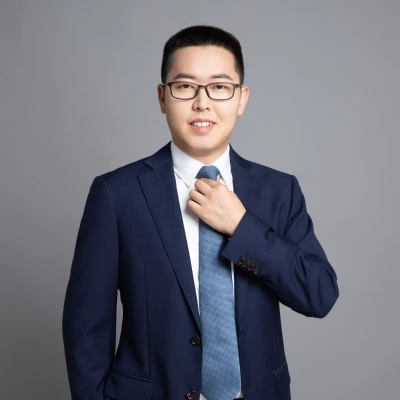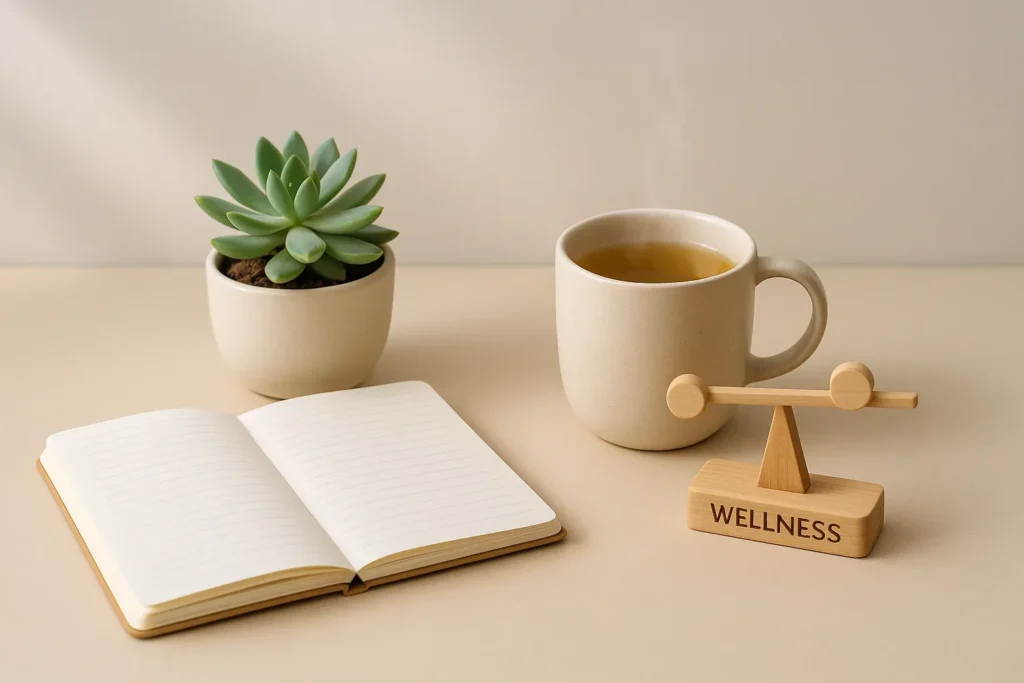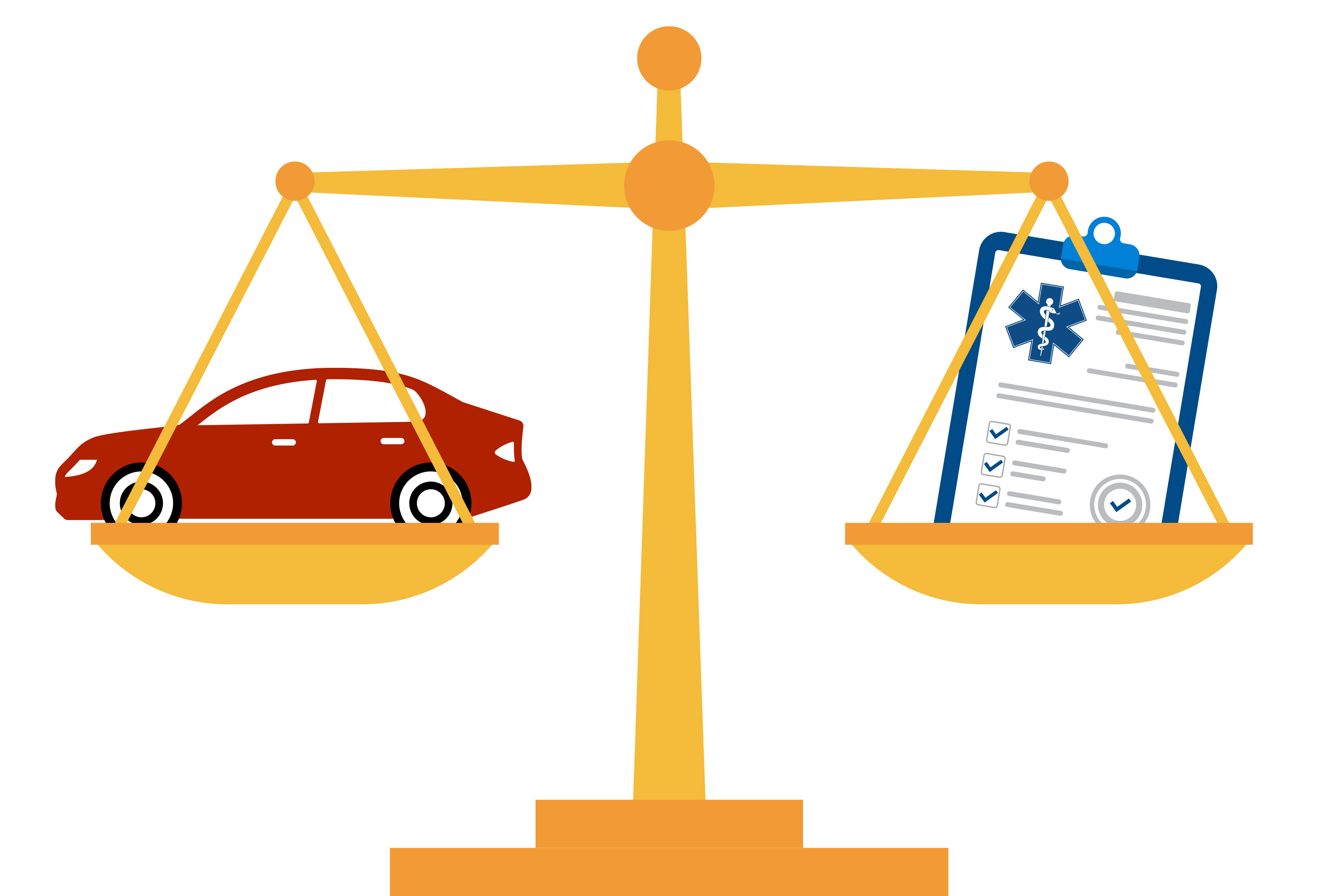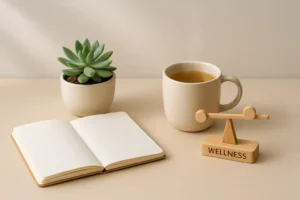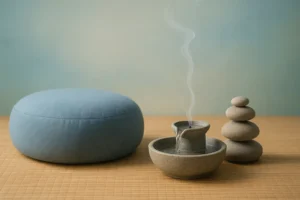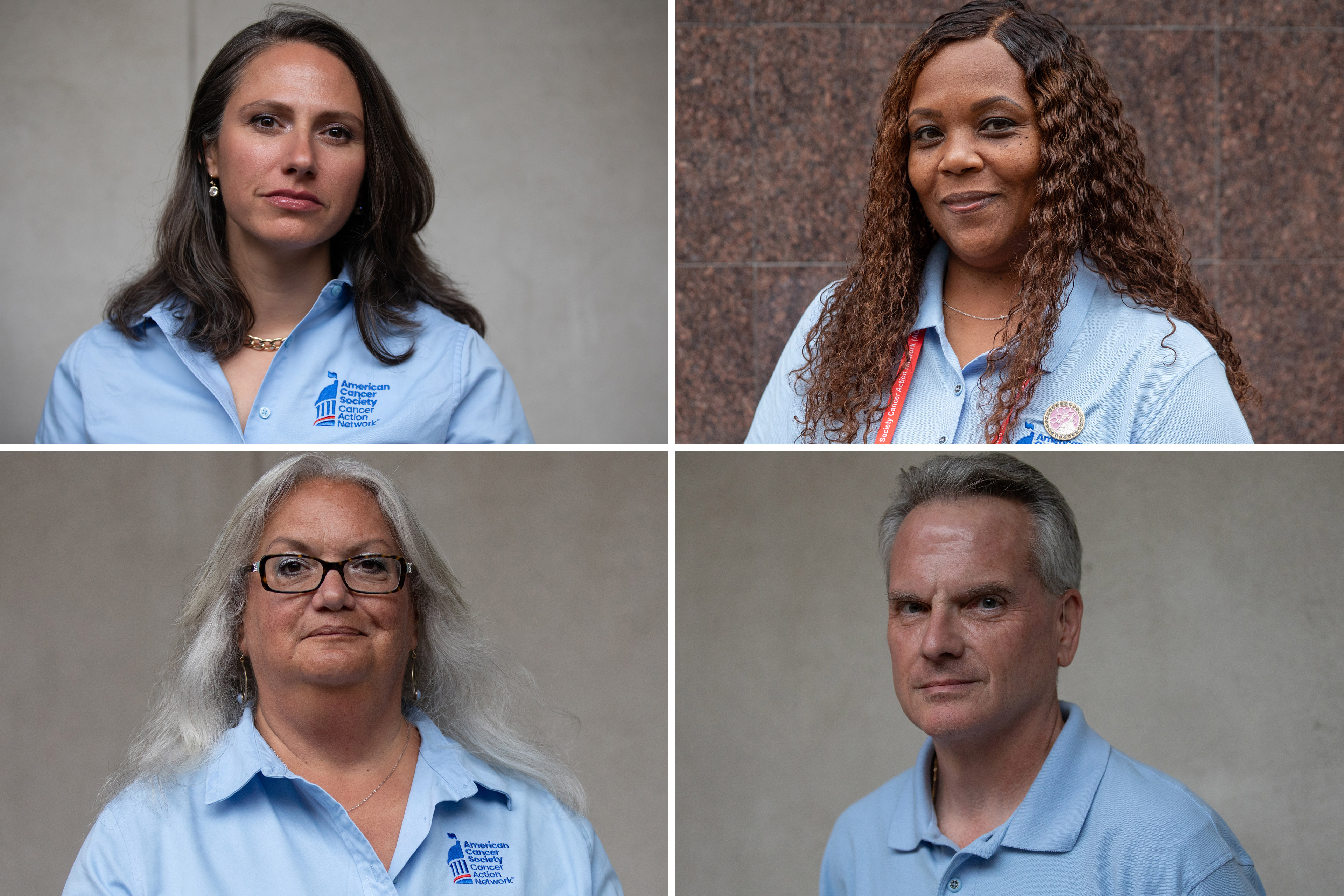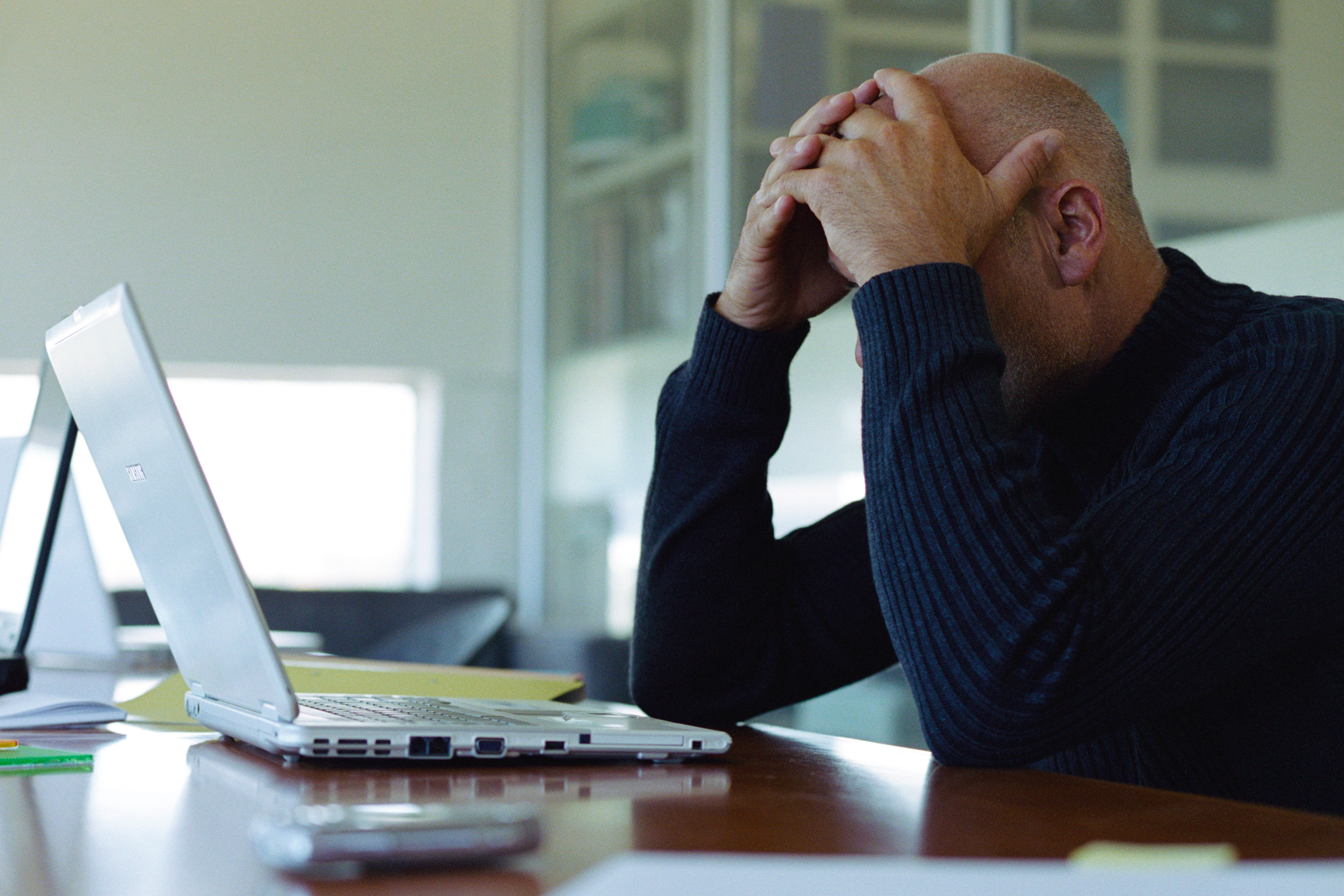Burnout prevention requires intentional strategies in today’s demanding world, as confirmed by specialists who have studied its warning signs and solutions. This article presents twelve essential questions designed to help identify early burnout indicators and establish healthier work-life boundaries. Experts suggest these practical approaches can transform daily habits into sustainable practices that protect mental wellbeing while maintaining productivity.
- Live Today for Tomorrow’s Gratitude
- Track Curiosity Versus Dread as Burnout Indicator
- Distinguish True Recharging From Mere Distraction
- Define What Enough Looks Like Today
- Care for Yourself as You Do Others
- Finding Meaning Beyond the Daily Grind
- Make Decisions With Patience Not Pressure
- Recognize Energy Versus Adrenaline Fuel
- Create Systems That Free Your Future
- Protect Personal Space for Emotional Replenishment
- Balance Output Mode With Personal Investment
- Assess Productivity Beyond Just Staying Busy
Live Today for Tomorrow’s Gratitude
The question I ask myself regularly is: “Am I living today in a way my future self would thank me for?”
It sounds simple, but it’s a sneaky filter. When I’m tempted to grind out a 16-hour day, the question reframes it: will tomorrow’s Derek be grateful for this, or will he be exhausted and short-tempered with the team? When I skip exercise or put off calling a friend, the same question makes it harder to ignore the long-term cost.
What makes this different from generic self-care reminders is that it connects the dots between my present choices and my future capacity as a leader. Burnout doesn’t happen in a single day—it’s the accumulation of dozens of small decisions where you prioritize urgency over sustainability. This question pulls me out of short-term tunnel vision and forces me to look at the compound interest of my actions, good or bad.
Reflecting on it regularly has helped me stay balanced because it’s not about guilt or perfection—it’s about alignment. When I can honestly say “yes, my future self will thank me,” I know I’m on the right track. When the answer is “no,” it’s a sign I need to pause and recalibrate before I drift too far.
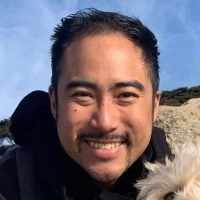
Track Curiosity Versus Dread as Burnout Indicator
The question I regularly ask myself is this: “Am I approaching my day with a sense of curiosity or a sense of dread?” It’s a simple binary, but it’s an incredibly telling barometer for my well-being.
Dread is the most reliable early indicator of burnout. It’s a heavy feeling that signals you’re not just tired, but that your emotional and intellectual reserves are depleted. It’s the feeling of just wanting to get through the day. When dread starts creeping in, I know I’m running on empty and have to make a change immediately.
Curiosity, on the other hand, is the antidote. It’s the engine of engagement and a sign of a healthy, energized mind. Even on a stressful day, feeling curious about a patient’s story, a new study, or a colleague’s idea tells me that I am still connected to the meaning behind my work. It means I am present and open to growth.
This reflection helps me stay balanced because it turns a vague feeling into concrete data. If I’m leaning toward dread, I know I need to triage my own needs—by clearing my schedule for a break, delegating a draining task, or intentionally focusing on a part of my work that I find genuinely interesting. It stops burnout from becoming a crisis by catching it when it’s still just a warning.

Distinguish True Recharging From Mere Distraction
The question I ask myself is, “Am I actually recharging, or just distracting myself?” It is easy to scroll on my phone or binge shows and call it rest, but that does not leave me feeling any better the next day. When I stop and check in with that question, I can tell whether I am doing something that really gives me energy, like reading, cooking, or even just sitting in quiet, or if I am avoiding stress by zoning out.
Reflecting on it keeps me balanced because it forces me to be honest. If I notice I am defaulting to distractions, it is usually a sign I am stretched too thin and need a real break. Catching that early prevents me from sliding into burnout before it gets bad.
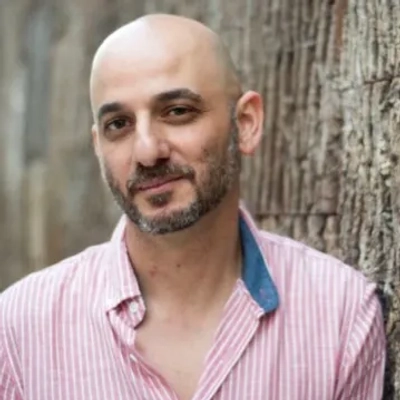
Define What Enough Looks Like Today
A powerful check-in I recommend is asking myself what enough looks like for the day, for example “What would enough look like today for my body, my mind, and my relationships?”. Defining “enough” turns a vague, perfection-driven to-do list into clear boundaries, such as focused work blocks, a 10-minute walk, a tea break, etc., which reduces overextension and the guilt spiral that fuels burnout. Answering this question allows you to naturally triage tasks, allocate time for each task, take other necessary actions and set a hard stop for work. Asking this question daily can keep effort aligned with actual capacity, can bring early warning signs to the surface, and builds a sustainable cadence where progress, rest, and connection all get appropriate time.
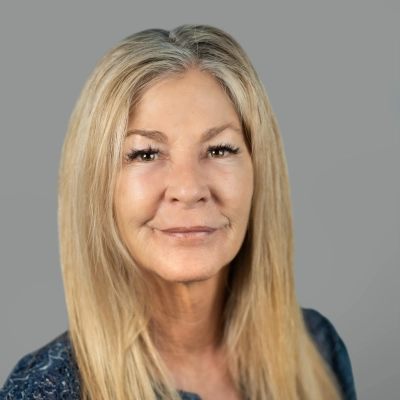
Care for Yourself as You Do Others
One question I always ask myself is, “Am I taking care of myself the way I take care of my work and my team?” It’s a simple way of checking on myself that makes me pause and think if my well-being is still healthy, like how I think about the health and well-being of my team and everyone in the company. In healthcare, it’s easy to focus on other people and forget to focus on yourself, especially when the days are packed. Asking this question reminds me to focus on myself, most importantly on my health. I want to lead my team more effectively, and I cannot do that if I am not healthy. This question helped me reflect on a lot of things, and it helped me catch signs of stress or fatigue before they turn into burnout. When I notice that my body or my mind is already saying “no,” then it’s a no. I would make adjustments like setting boundaries around my schedule to take breaks. This practice helped me stay more balanced and present both at work and at home.
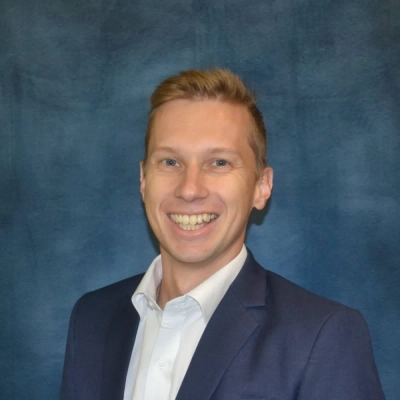
Finding Meaning Beyond the Daily Grind
The question I ask myself is: “Am I working toward something meaningful, or just grinding through tasks?” When the answer starts tilting toward the latter, it’s a sign I need to step back. That reflection keeps me from slipping into autopilot, where burnout sneaks in. It forces me to zoom out and reconnect with the bigger picture—why I’m doing the work in the first place. If I can’t find that sense of meaning, I know it’s time to reprioritize, delegate, or even take a break. That simple pause acts like a reset button, helping me protect both my energy and my enthusiasm.
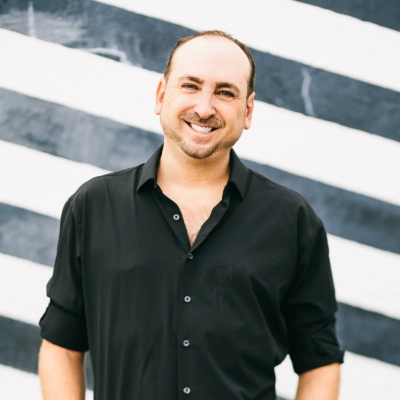
Make Decisions With Patience Not Pressure
I often ask myself whether I am making decisions with patience or under pressure. Choices made under pressure usually signal imbalance and show when I am stretched too thin. Reflecting on this helps me slow down and act with steadiness. Patience allows me to lead more thoughtfully and ensures that the organization feels calmer and more resilient. When I choose patience, I can address challenges clearly and maintain a stable environment for my team.
Checking in with myself regularly also helps me catch strain before it becomes burnout. It reminds me that leadership is not about speed but about sound judgment. Acting with patience protects my well-being and sets a positive tone for the company’s culture. This practice keeps me accountable and reinforces that balance is key to effective leadership and lasting success.

Recognize Energy Versus Adrenaline Fuel
I regularly ask myself, “Am I running on energy or just running on adrenaline?” That question helps me pause and check whether I’m truly energized or simply pushing through exhaustion. Reflecting on it has kept me more balanced—I’ve learned to step back, rest, or reset before I hit burnout, which makes my work and personal life far more sustainable.

Create Systems That Free Your Future
I often ask myself whether my actions today will free me tomorrow or create new burdens. This question helps me see if I am building systems that last or just piling on more work. By reflecting in this way, I can lead with foresight instead of reacting to urgency. When I notice that I add too much, I pause and adjust. This habit allows me to focus on solutions that will make the future smoother and more manageable.
This approach balances my work and prevents burnout. Reflection becomes a practical tool that guides my decisions and strengthens my leadership. It allows me to invest my energy in the ways that matter most and ensures that I create lasting stability. By thinking ahead, I can make choices that support both today and tomorrow while maintaining clarity and control.

Protect Personal Space for Emotional Replenishment
I often ask, “What have I done today just for me?” It highlights whether I’ve made space for joy, rest, or curiosity. If the answer’s nothing, I know depletion is on the way. Leadership demands emotional generosity, which needs intentional replenishment to remain sustainable. That question has become both mirror and medicine.
Sometimes the answer is a walk, a book, or quiet time with no agenda. Other times it’s simply permission to leave early or speak gently. Those small moments recharge far more than dramatic escapes ever could. The question affirms that my humanity is not separate from my work. Protecting it has become my most sacred leadership practice.

Balance Output Mode With Personal Investment
In medicine and research, it’s easy to stay in output mode, giving energy to patients, projects, and responsibilities. Pausing to ask this reminds me to check whether I’m also investing in sleep, exercise, and meaningful time with family or hobbies. Reflecting on it helps me recognize early signs of imbalance, like fatigue or irritability, and prompts me to reset before reaching burnout. It keeps me accountable for treating my own health with the same care I give others.
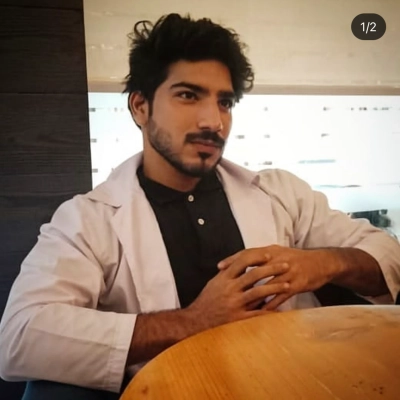
Assess Productivity Beyond Just Staying Busy
A question I constantly ask myself is, “Am I just busy, or am I doing something productive?” Managing SourcingXpro from Shenzhen, it’s all too easy to get caught up in calls with suppliers and perform small tasks that don’t get anywhere. When I check in and stop, I usually find at least one thing I can delegate or stop doing. That shift means I can reclaim hours to rest or spend time with my family. And it stops me from getting into habitual work cycles that are really productive-looking but drain energy. I mentioned this once on Influize because balance is not less work; it’s what really matters.
